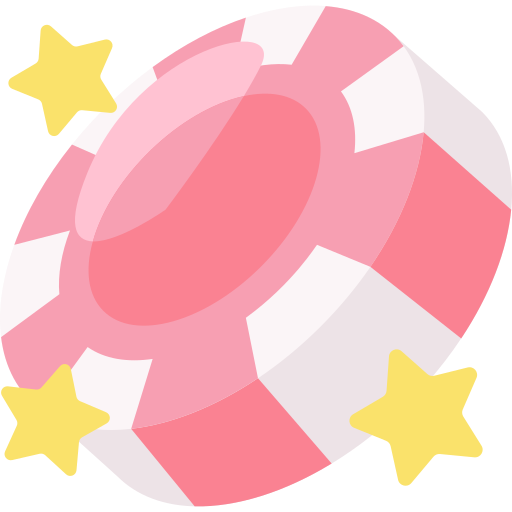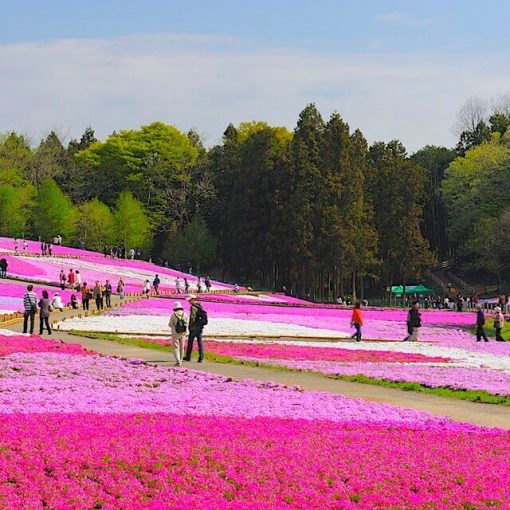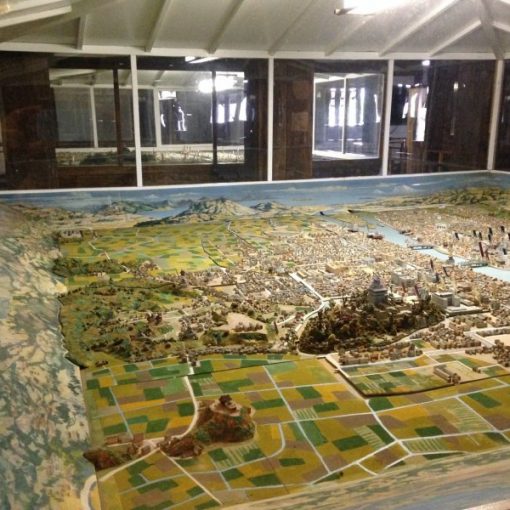With a length of 196 kilometers, the Shimanto River is the longest waterway in Shikoku. Its source is on Mount Irazu, from where, meandering along the slopes of the mountain, Shimanto hurries through the beautiful countryside to Tosa Bay on the Pacific Ocean.
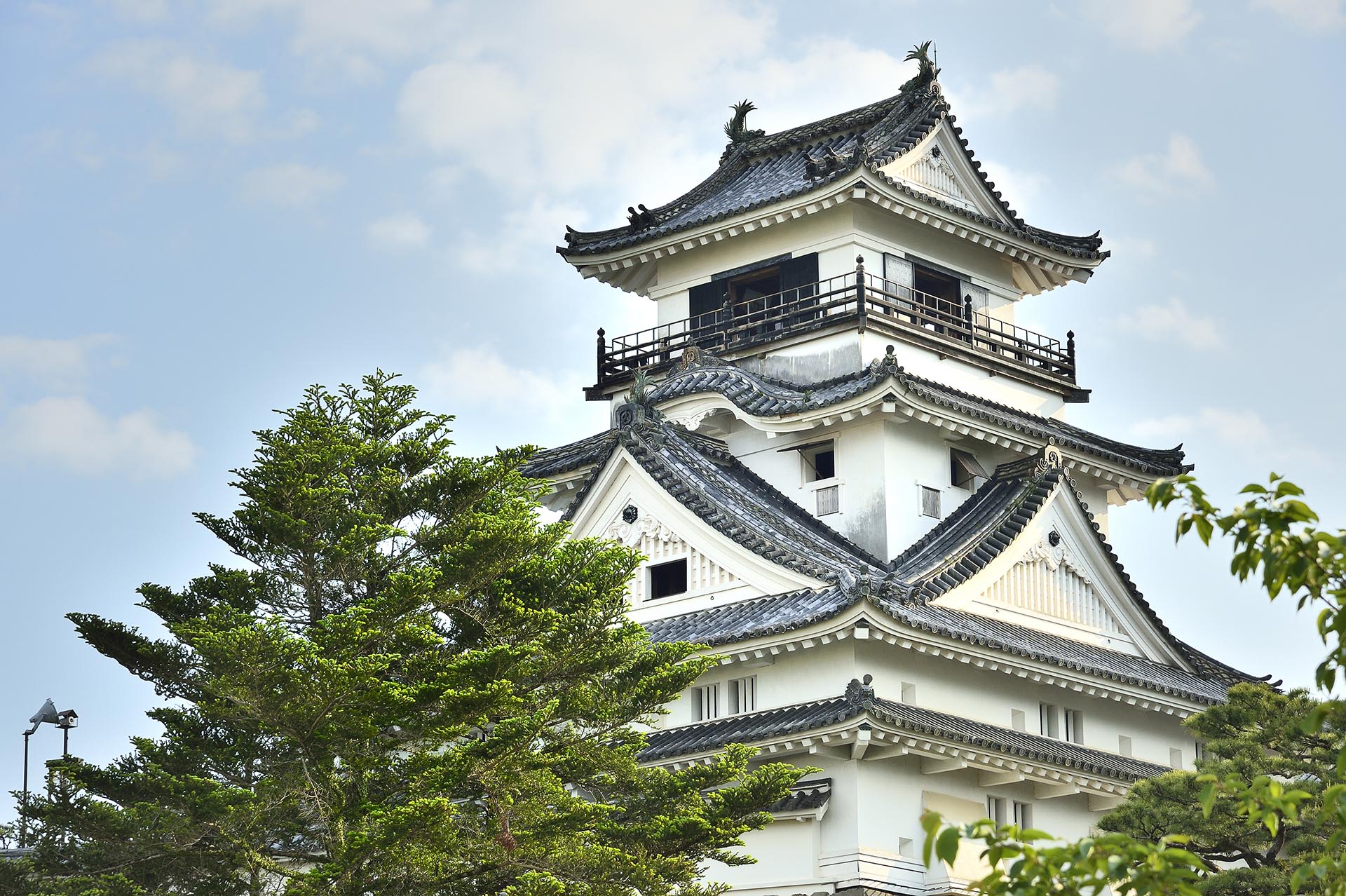
The Shimanto is known as Japan’s last untouched river. Many traditional fishing methods are supported here, including hiburi, or torchlight fishing, and shibazuke, or evergreen bough-head fishing. The river is crossed by 48 specially designed low bridges without railings. This design prevents the destruction of the bridge during a flood. The river remains a vital artery as well as a natural source of inspiration for the locals.
Karst voids of Shikoku
The territory of the “Shikoku Karst” is a picturesque grassy mountain slopes dotted with white limestone. It is one of the three main karst areas in Japan, and its topography is due to the dissolution of limestone and other bedrock. The Shikoku karst region begins on the Tengunomori Plateau, located at an altitude of 1485 meters above sea level, and extends from east to west along the border of Kochi and Ehime prefectures.
The Shikoku karst formations are the result of the dissolution of limestone rock.
Kashiwa Island
The small island of Kashiwa, off the Otsuki Peninsula in southwestern Kochi Prefecture, boasts waters so clear that boats off its shores seem to be floating through the air. There is a large coral reef and over 1000 species of fish. Glass bottom boats allow visitors to see the fish in their natural habitat. The area is a popular destination for water sports, including surfing and scuba diving.
Ryuga Cave
Ryuga Cave, formed about 175 million years ago, is one of Japan’s three great limestone caves. Approximately one kilometer of the four-kilometer shaft of the cave is open to the public. Here you can see limestone formations of a wide variety of shapes and sizes – from 11-meter stalactites to phyllites, reaching 14 meters in girth.
The cave is recognized as a national natural monument. It offers various tourist routes – from standard excursions to full-fledged caving tours accompanied by a guide for adventure lovers. The challenging route is sure to appeal to thrill-seekers and amateur speleologists. Visitors, equipped with helmets and headlamps, light their way, squeeze through narrow gaps barely wide enough for one person, and climb log stairs. Advance booking required.
Located between Cape Ryuzu in the north and Cape Ryuyo in the south, Katsurahama Beach curves out to the picturesque expanse of the Pacific Ocean. Pine trees, white sand and the rich blue of the ocean are perfectly combined, like in a miniature Japanese garden. This beach has long been known as a great place to admire the moon. It was here that many famous masterpieces of traditional poetry were written.
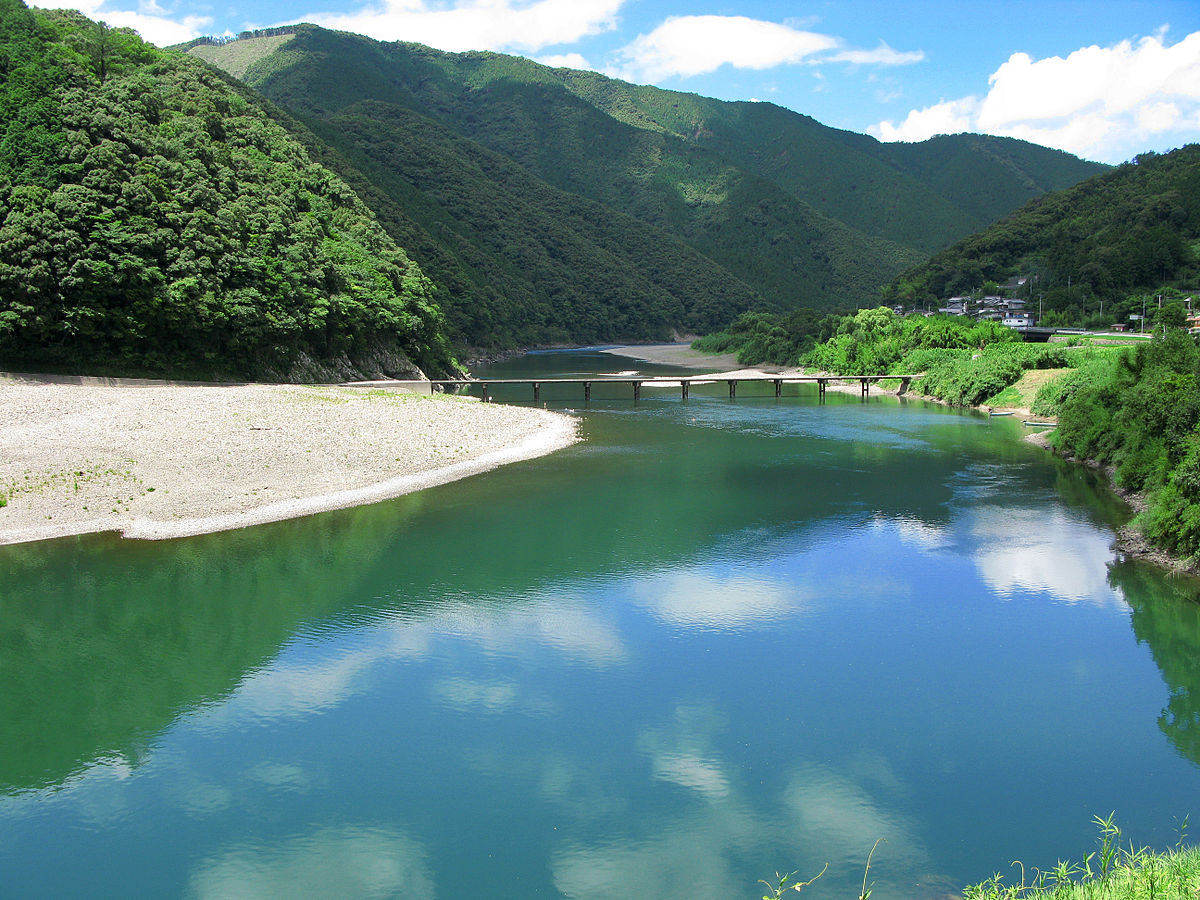
At Cape Ryuzu, at the very northeastern tip of the coast, a bronze statue of Sakamoto Ryoma, the central figure of the movement that overthrew the power of the Tokugawa shogunate, rises above the water. The entire coastline is part of the Katsurahama Park and includes facilities such as the Katsurahama Aquarium and the Sakamoto Ryoma Memorial Museum.
Things to do
Walk along the beach at Katsurahama, famous for centuries for its scenic beauty and moon view (Kochi). See the recreated Harimayabashi Bridge, the scene of Yosakoi’s (Kochi) song. Walk through the tunnels at Ryugado Cave, one of Japan’s top three caves (Kami). Admire the craftsmanship of the Nora-dokei, an eye-catching 4-sided watch originally designed to be seen by all farm workers in the area (Aki)
Admire the Kochi Castle, the only castle in the country that has both the original fortress and the palace (Kochi).
Visit the Monet Garden, modeled after the Giverny gardens that inspired Claude Monet. It is the only garden with permission from the Fondation Claude Monet to use his name (Kitagawa). Enjoy the beauty of “Niyodo Blue”, a dark blue color considered unique to the Niyodo River. It is best seen under a small waterfall at Niko-buchi (Ino).
Enter Mikurado in the form of Totoro, where the priest Kukai is said to have received his name meaning “sky and sea” and also attained Enlightenment (Muroto).
Stop at the Tengu Highlands to see the limestone cliffs jutting out of the green hills of the Shikoku (Tsuno) Karst.
Learn about Ekin art and the images hidden within it at the Ekin Museum (Konan).
